Considered by many to be the landmark science fiction film of all time, 2001: A Space Odyssey, is a visionary film exploring mankind’s ultimate destiny in the universe. Groundbreaking in its day, it envisions future space travel using stunning imagery and offers a truly disturbing take on artificial intelligence.
In a search to understand the origins of a mysterious, giant black slab (the monolith) we travel further and further from the safety of the planet Earth; first to an excavation site on the surface of the Moon, and, ultimately, on an 18-month trip to the planet Jupiter. The space ships are incredibly detailed and visually stunning, and the there are many awesome scenes of people working in a zero-gravity environment. The mission unravels when HAL, a super-intelligent, almost human, computer goes off the rails and starts killing the crew, famously resisting a human’s orders with the phrase, “I’m sorry Dave, I’m afraid I can’t do that.” The film purposely keeps a slow pace—especially by today’s standards. But it gives a realistic sense of life in space, all the while keeping a constant tension brewing under the surface: what unknown being created the mysterious giant black monolith and what does it want? The film’s no-holds-barred, nearly psychedelic visual finale lets you draw your own conclusions about its meaning.
Director Stanley Kubrick collaborated with celebrated science fiction author Arthur C. Clarke on the screenplay, adapting Clarke’s short story, “The Sentinel.” Clarke simultaneously wrote a new novel based on the screenplay, also titled 2001: A Space Odyssey. The film’s storytelling is utterly non-conventional and Kubrick intentionally left the story open to interpretation, saying that he created a film which “reaches the viewer at an inner level of consciousness, just as music does.” And, in fact, the film is also noted for its mesmerizing use of classical music as the score, famously pairing Strauss’ waltz, “The Blue Danube,” with a space ship docking sequence.
The film was released a year before the Apollo Moon landing in 1969, and Kubrick worked with NASA to create a realistic and convincing depiction of space travel. He also consulted with astrophysicist Carl Sagan about other forms of life in space. Kubrick and special effects master Douglas Trumbull went to great lengths to ensure the highest quality special effects, shooting them with 70mm film and manufacturing custom-built camera rigs to create mind-blowing images that no one had ever seen before—which earned the film an Oscar for Visual Effects.
2001: A Space Odyssey cemented Stanley Kubrick’s reputation as a visionary filmmaker, it appears on the AFI’s list of the top 100 American films and is a personal favorite of actor/producer Tom Hanks. The United States Library of Congress has selected it for preservation in the National Film Registry and it still screens frequently in theaters to this day—it is definitely a film to see projected on the big screen.
Enjoying the site? If so consider supporting it with alien-infused caffeine…
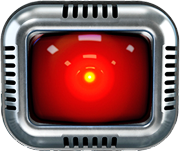

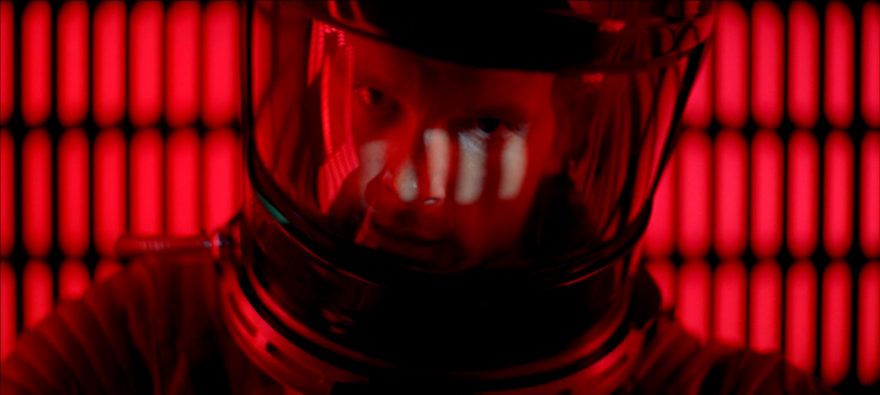
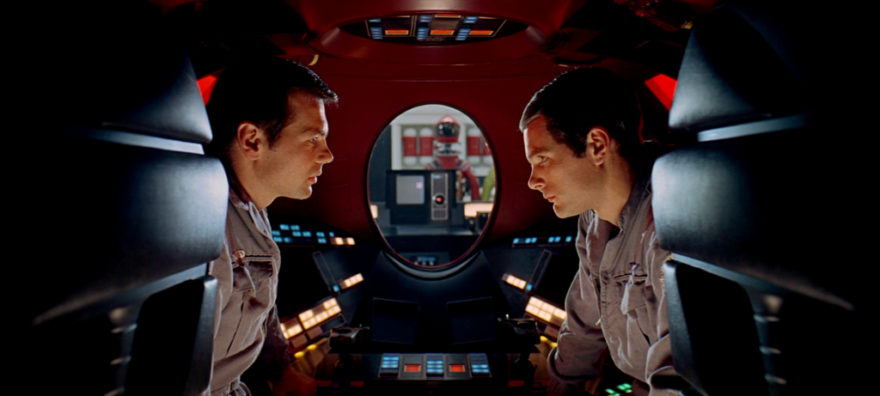
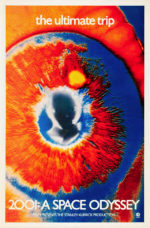
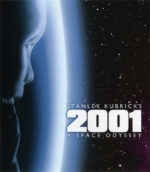
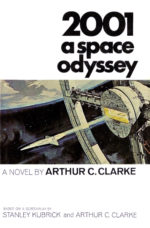
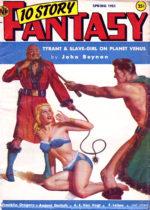
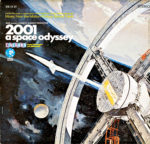
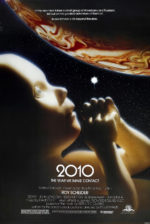
2001: A Space Odyssey should, in my opinion as a 42 year long fan (my parents took me to see it opening night) , be First on any comprehensive listing of Science Fiction cinema, any where, any time.
Try Leonard Wheat’s 2000 book,Kubrick’s Triple Allegory,showing how all events come from the Odyssey and Nietzsche’s Thus Spoke Zarathustra,eg HAL=Cyclops AND God,made in our image.